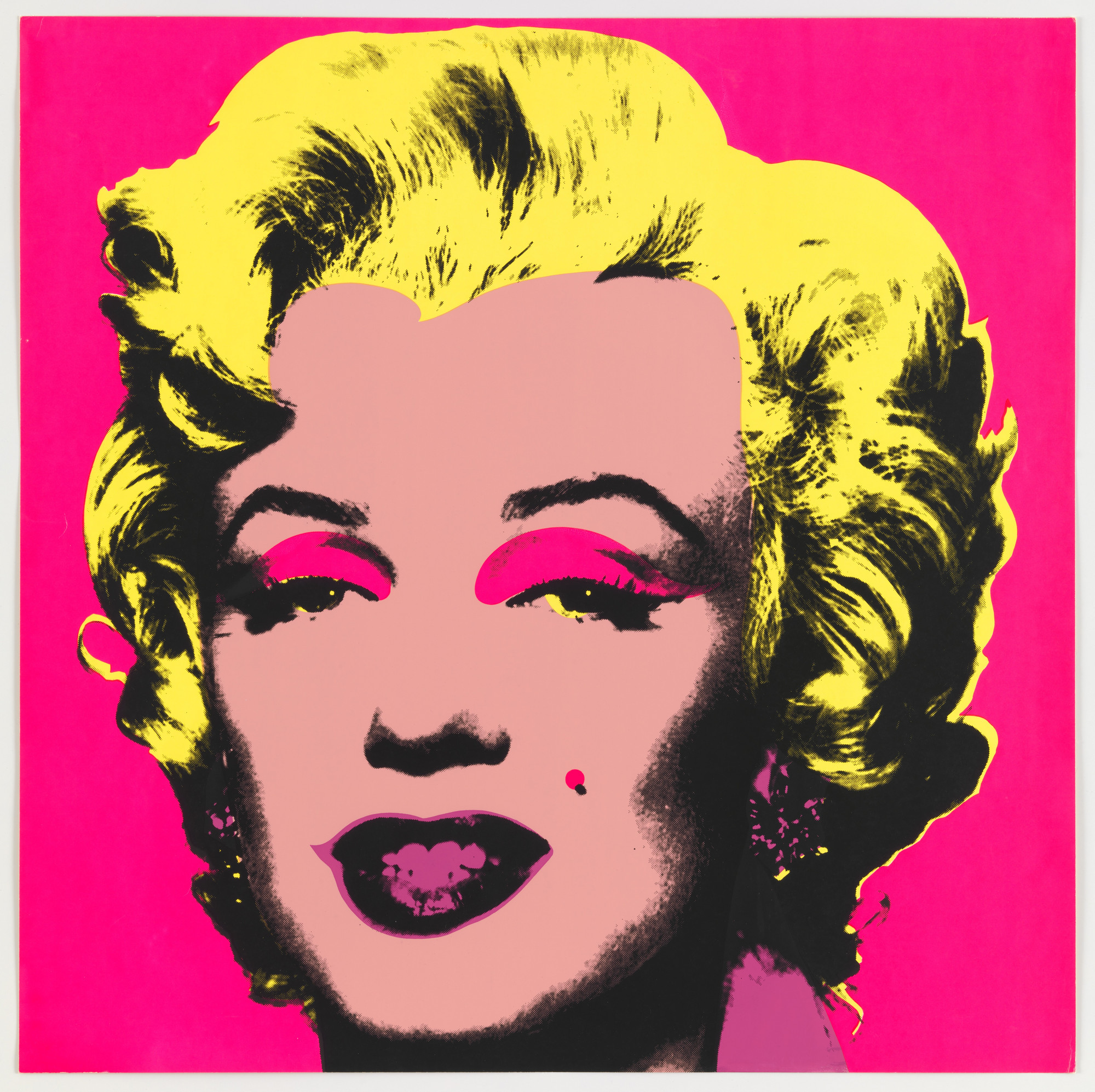I believe that in Blonde by Joyce Carol Oates, the descriptions of Marilyn Monroe’s mother, her value for beauty, and the influence of the film industry on Monroe, foreshadow the epitome of mental instability and objectification that Marilyn Monroe will become.
Oates’ portrayal of Gladys, from the eyes of a six year old, informs the reader of the instability of Monroe’s childhood. As Norma sees, “Gladys was in a ‘up’ mood; distracted, flamey, funny, unpredictable, as a candle flame flickering in the agitated air. Her waxy-pale skin gave off waves of heat like pavement in the summer sun and her eyes!” (Oates 17), While never mentioned (as mental health was not highlighted in the 1950s, let alone by examined by a child), it is plausible that Gladys is bipolar or an addict. I cannot help but notice the dynamism of Gladys’s many personalities, and yet the constancy of Norma’s admiration for Gladys.
Norma idealizes her mother as a hardworking and persistent femme in the brutal film industry. On the other hand, Norma glorifies Hollywood and the importance of female beauty. As she observes a woman, she examines the women in “movie logic” where the “aesthetics had the authority of ethics: to be less than beautiful is sad, but to be willfully less than beautiful is immoral” (Oates 91). Norma truly values beauty and Gladys involvement in the film industry is the influencer for this attitude. Ironically, Norma unknowingly acknowledges this when Mr. Z is showing her his vast collection: “I seemed to hear a voice like Mother’s all dead birds are female, there is something female about being dead” (Oates 211). Here, she symbolizes her mother, and all other actresses as “dead birds” who fell prey to manipulators like Mr. Z and other venomous men in Hollywood. Despite her eye opening childhood and youth, I only feel sad that Marilyn Monroe, the star will become a reflection of her mother: a prey of mental instability, confirmation to sex appeal, and objectification in Hollywood.







No comments:
Post a Comment